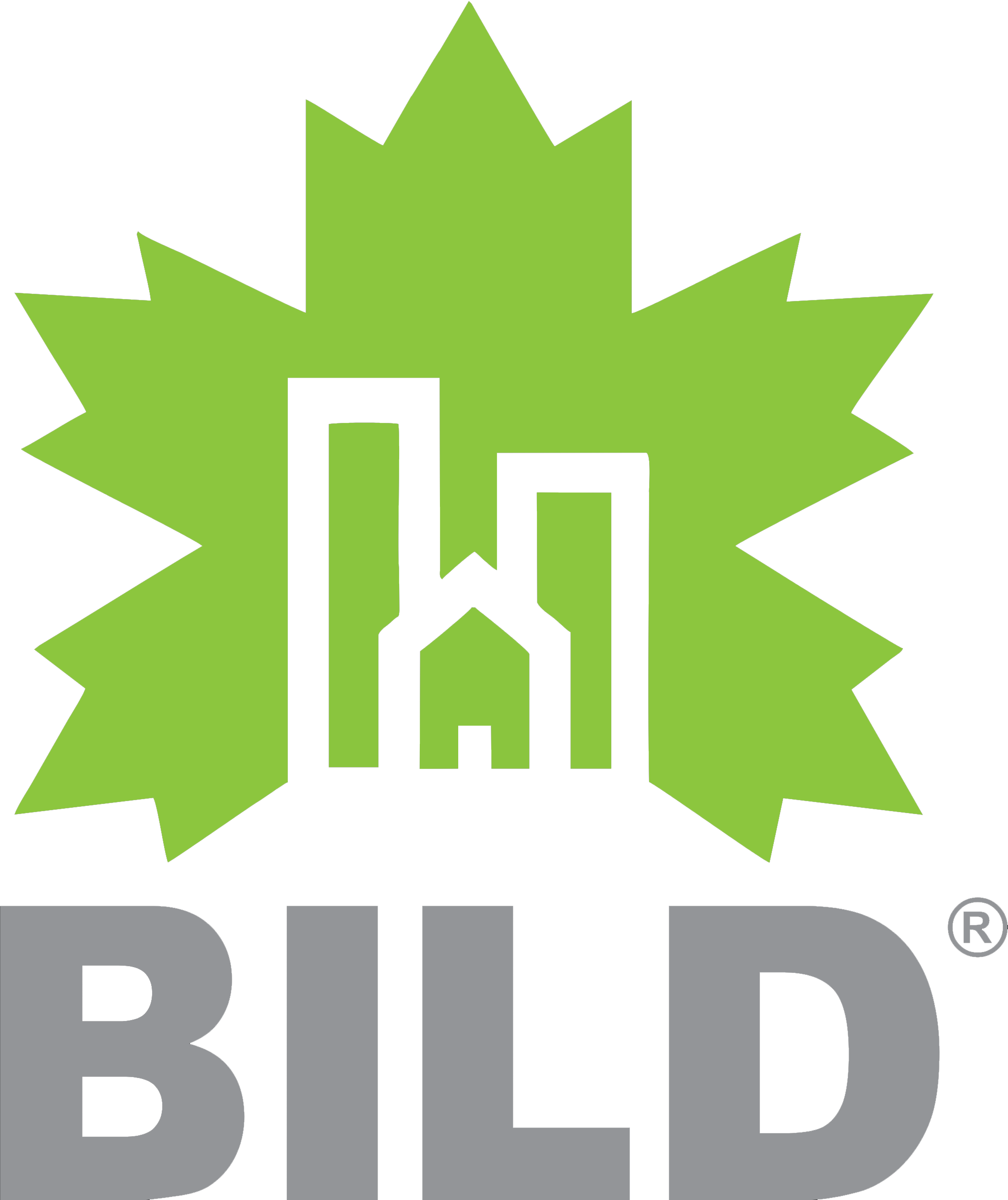Architectural visualization – the art of representing architectural designs and concepts visually – has come a long way since its earliest days. Once limited to hand-drawn sketches and watercolour paintings, this discipline now encompasses cutting-edge digital renderings that offer strikingly realistic depictions of projects at various stages of development. At RenderTech Studio, we embrace the rich history of architectural visualization and continuously adapt to new technologies and techniques to create awe-inspiring visuals for our clients worldwide.
In this insightful article, we will take you on a fascinating journey through the evolution of architectural visualization. Starting with the traditional methods of hand drawings and watercolour paintings, we will explore how these techniques laid the foundation for the art of architectural visualization. We will then transition into the digital era, explaining the impact of advancements in software and computer graphics on the creation of realistic and eye-catching visualizations. Additionally, we will discuss the various types of digital renderings, ranging from 2D illustrations to 3D renderings and animations.
Furthermore, we will delve into the future of architectural visualization, exploring how emerging technologies such as virtual reality (VR), augmented reality (AR), and artificial intelligence (AI) are reshaping this dynamic art form. Through this captivating exploration, you will gain a comprehensive understanding of the incredible journey architectural visualization has undertaken, and the role companies like RenderTech Studio play in driving innovation and progress in this exciting field.
Traditional Methods of Architectural Visualization
The history of architectural visualization can be traced back to artistic representations created by hand using various techniques and materials:
- Hand drawings: Skilled draftsmen would create detailed architectural drawings using graphite and ink, often requiring a high level of technical precision and a keen eye for scale and proportion. These carefully rendered illustrations formed the basis for preliminary design concepts or client presentations.
- Watercolour paintings: Artists would use watercolour paints to breathe life into architectural drawings, adding depth, texture, and a touch of artistry to the visual representation of the design concept. These paintings provided an evocative and engaging aesthetic that helped clients better understand the completed project.
The traditional methods of architectural visualization laid the foundation for the modern advancements we see today in the industry.
The Digital Revolution
The emergence of digital technologies has revolutionized architectural visualization, offering greater flexibility and precision to artists and architects alike:
- 2D digital illustrations: Computer-aided design (CAD) software provided architects with the ability to create precise 2D drawings and blueprints, streamlining the design process and enabling designers to quickly make revisions or explore alternative design solutions.
- 3D renderings: With specialized software, architects and visualization artists could create highly realistic, three-dimensional representations of their projects, complete with accurate materials, lighting, and landscape integration. These renderings offer a level of detail and realism that was previously unattainable using traditional hand-drawn methods.
The digital revolution facilitated a paradigm shift in architectural visualization, setting the stage for further innovations and advancements in the field.
Cutting-Edge Visualization Techniques
As rendering technology continues to evolve, various cutting-edge visualization techniques have emerged to further enhance the quality and impact of architectural representations:
- Photorealistic renderings: Advances in rendering engines and computing technology allow visualization artists to create strikingly lifelike images, emulating real-world camera perspectives and lighting conditions to produce compelling visual narratives.
- Animations and virtual walkthroughs: Using sophisticated animation software, architects and visualization experts can create dynamic video presentations that guide viewers through a virtual representation of a project, offering an immersive experience that captures the essence of the architectural concept.
These cutting-edge visualization techniques allow professionals to produce awe-inspiring visuals that resonate with clients and stakeholders alike.
Future Innovations in Architectural Visualization
As technology continues to progress, the realm of architectural visualization is poised to undergo even more transformative innovations, driven by advancements in disciplines such as virtual reality, augmented reality, and artificial intelligence:
- Virtual reality (VR): With VR headsets and software, architects will be able to generate fully immersive, three-dimensional experiences that allow clients to explore and interact with their projects in a highly realistic virtual environment.
- Augmented reality (AR): The integration of AR technology, such as smartphone apps or smart glasses, offers the potential for clients to overlay virtual architectural designs onto real-world locations, bridging the gap between imagination and reality.
- Artificial intelligence (AI): Advancements in AI and machine learning could drastically change the process of architectural visualization, from automating highly complex rendering processes to assisting in the rapid generation of design iterations or even offering predictive models based on structural, environmental, and aesthetic factors.
As these technologies continue to develop and mature, the possibilities for innovation in architectural visualization are boundless, promising a bright future for the industry.
Embracing the Evolution of Architectural Visualization
The realm of architectural visualization has experienced a remarkable journey, progressing from traditional hand drawings and watercolour paintings to the awe-inspiring digital renderings seen in the industry today. As new technologies continue to emerge and reshape this dynamic field, professionals in architecture, interior design, and real estate must adapt their skills and embrace these advancements to stay at the forefront of their industries.
By understanding and appreciating the evolution of architectural visualization, professionals can gain a deeper insight into the importance of this art form and leverage the tremendous potential of future innovations. At RenderTech Studio, we are dedicated to keeping pace with these developments and delivering exceptional architectural visualization products that capture the essence of your design concepts and bring your projects to life. By embracing the past, present, and future of architectural visualization, together, we can continue to transform the industry and create lasting, impactful experiences.



